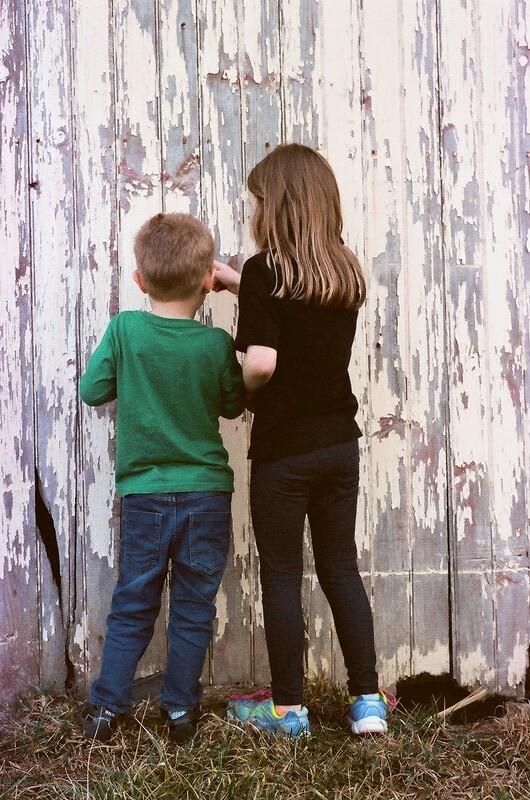 |
| Search this Thread |
| 02-23-2017, 04:55 PM | #1 |
| Seattle FilmWorks | |
| 02-23-2017, 05:06 PM | #2 |
| 02-23-2017, 05:37 PM | #3 |
| 02-23-2017, 07:05 PM | #4 |
| 02-23-2017, 07:58 PM | #6 |
| 02-24-2017, 09:21 PM | #10 |
| 03-01-2017, 08:13 PM | #12 |
| 03-28-2017, 12:03 PM | #13 |
 |
« Scanning options for a print to sell?
|
Scans of Fuji Neopan 100 Across and Ilford XP2 Super 400 from a drum scanner. »
| Bookmarks |
| Tags - Make this thread easier to find by adding keywords to it! |
| film, photography, roll, seattle |
| Thread Tools | Search this Thread |
| |
 Similar Threads
Similar Threads | ||||
| Thread | Thread Starter | Forum | Replies | Last Post |
| Cityscape Skyline of Seattle | whk1992 | Post Your Photos! | 13 | 07-23-2018 03:34 PM |
| Cityscape Skyline of Seattle | whk1992 | Post Your Photos! | 6 | 07-04-2018 08:55 AM |
| Sports Seattle Mariners | troika | Post Your Photos! | 2 | 04-11-2016 08:33 AM |
| Eastman 5294 (I think) -- Seatlle Filmworks | dsmithhfx | Film SLRs and Compact Film Cameras | 0 | 01-03-2016 09:52 AM |
| Cityscape Seattle - USA | Acides | Post Your Photos! | 5 | 08-27-2015 09:41 PM |
























